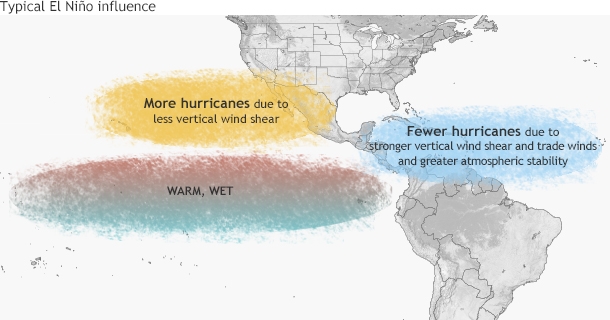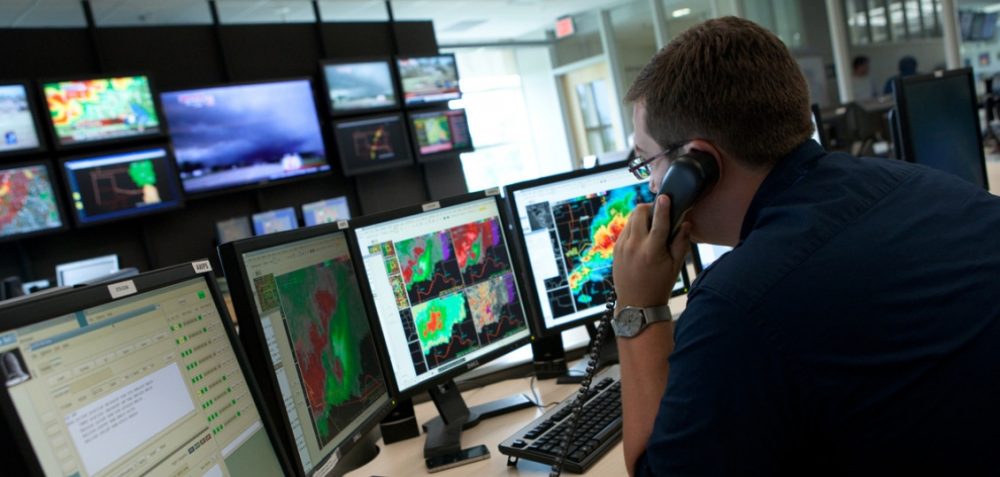Focus on the Hazards: All It Takes Is One Time
Planning and preparing for disasters makes so much sense, but it’s so hard to do. How many times have we heard a “stitch in times saves nine,” or “back up your computer,” or “start saving today for your retirement.” We know it’s the right thing to do, but we’re caught up in the moment of the […]

Planning and preparing for disasters makes so much sense, but it’s so hard to do.
How many times have we heard a “stitch in times saves nine,” or “back up your computer,” or “start saving today for your retirement.” We know it’s the right thing to do, but we’re caught up in the moment of the day.
So it makes sense that June has been officially declared “National Hurricane Preparedness Month.” After all, June is the beginning of the hurricane season and we know that when disaster hits, it’s too late to start a plan. There are many resources available to help you develop a plan. FEMA has an excellent web site full of advice what to do before, during and after hurricanes. The National Hurricane Center observes, “history teaches that a lack of hurricane awareness and preparation are common threads among all major hurricane disasters. By knowing your vulnerability and what actions you should take, you can reduce the effects of a hurricane disaster.
But it’s hard to feel a sense of urgency. The fact is there haven’t been many destructive hurricanes in the last decade. The State of Florida, for example has more than 8 years without a hurricane – shattering a record of hurricanes that dates back to the last century. The last hurricane to hit Florida was Hurricane Wilma in 2005, the last Category 3 or stronger storm to hit the United States. Last year’s predictions for a record number of hurricanes turned out to be well wide of the mark, with the lowest number of hurricanes since 1982. This year, the National Oceanic and Atmospheric Administration (NOAA) Climate Prediction Center (CPC) is predicting a below-average year for the Atlantic Basin, with roughly 10 named tropical storms, five hurricanes and two major hurricanes.
But what may be good news for the East Coast may result in more natural disasters for other parts of the globe. According to Dr. Gerry Bell of NOAA, we can expect heightened weather activity in the central and eastern Pacific basins because of the re-emergence of El Niño. Here’s a nifty chart that depicts the El Niño effect:

We tend to have short memories when it comes to disasters. Before the recent years of calm, we had the record-breaking years of 2004, when four hurricanes struck Florida and the record 2005 season that delivered three tropical storms and five hurricanes, including Hurricane Katrina. And then there’s the lesson of Superstorm Sandy, where a combination of rare weather events – not a major hurricane – caused widespread death and destruction, including a 13-foot water surge.
A few weeks ago, I attended one of the excellent sessions that the National Building Museum is hosting all this year on “designing for disasters.” One of the speakers was Richard Knabb, director of the National Hurricane Center. He called seasonal predictions “distractions” that only work to encourage a sense of complacency. He reminded us that we may not know when or how disaster will hit but the storms will come. It only takes one storm to cause death and destruction, regardless of the overall activity predicted in the seasonal outlook. And often the disasters that cause the most death and damage are not the big ones, or the ones with the highest winds, but the ones that cause monster sea water surges or fresh water flooding.
So here’s an idea on how to get started: take a few moments tonight when you get home to ask yourself a few questions: how are you and your family and organization most at risk from natural disaster? What are the storms most likely to affect you? What would you do if disaster hit? And if you are a donor, ask one more question: what are you doing to make your community more weather ready, and more resilient to better withstand the next storm?
I’d enjoy reading your comments on what you are doing as an organization or donor to be storm ready. Email me at bob.ottenhoff@disasterphilanthropy.org.
More like this
Hurricanes — This Isn’t Any Rainstorm: Preparation Saves Lives, Livelihoods, and Prevents Destruction

